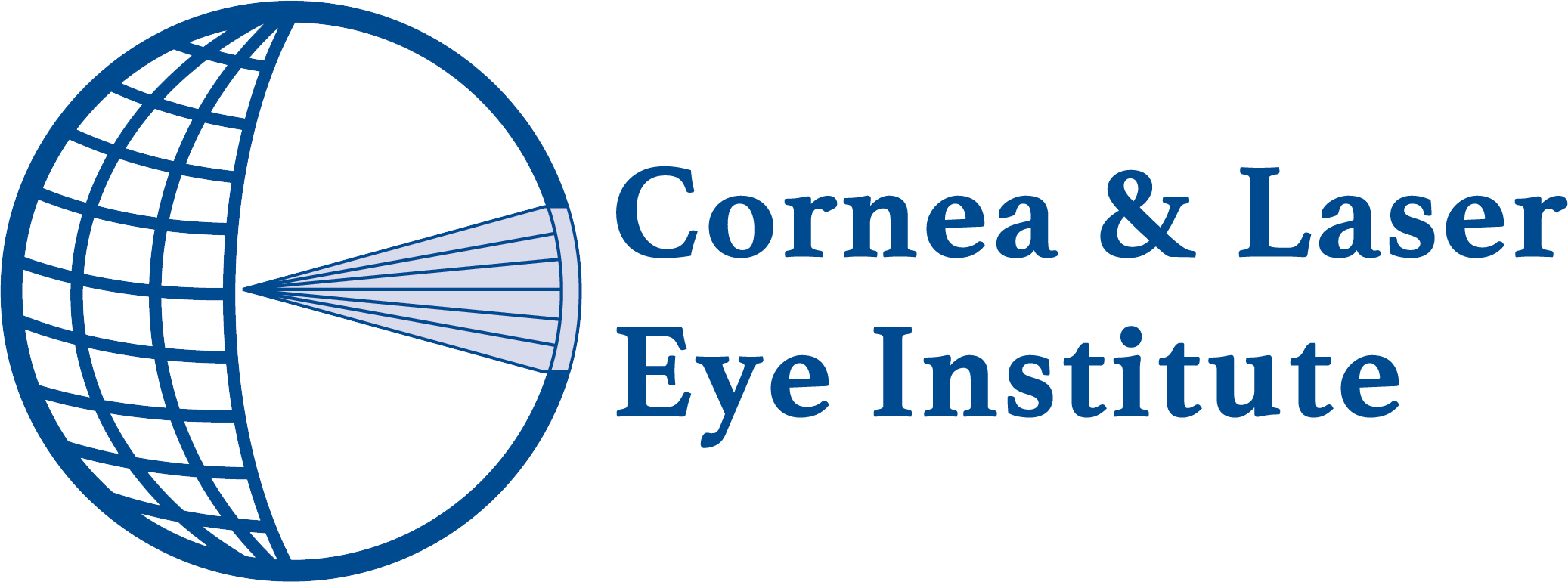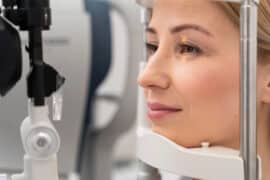Corneal tissue addition keratoplasty (CTAK) is a novel surgical procedure that plays a crucial role in the treatment of keratoconus. This innovative technique involves adding sterilized donor corneal tissue, cut into a customized inlay to improve corneal topography and visual acuity. The cornea is the transparent, outermost layer of the eye that serves as the […]
Read More
Posted by Steven Greenstein on September 3, 2024
LASIK, or Laser-Assisted In-Situ Keratomileusis, is a popular and widely-performed refractive eye surgery that aims to correct vision problems such as nearsightedness (myopia), farsightedness (hyperopia), and astigmatism. During the procedure, a laser is used to reshape the cornea, the clear front part of the eye, to improve its ability to focus light onto the retina, […]
Read More
Posted by Steven Greenstein on August 29, 2024
The Most Advanced Keratoconus Treatment: CTAK Keratoconus is a progressive eye condition that causes the cornea, the clear front part of the eye, to thin and bulge into a cone-like shape. This irregular shape can lead to significant vision problems, including blurred and distorted vision, light sensitivity, and difficulty driving at night. Traditional keratoconus treatments […]
Read More
Posted by Steven Greenstein on August 27, 2024
Keratoplasty Procedures for Keratoconus Patients With decades of experience, the team of experts at CLEI understands the many challenges keratoconus patients face as they strive to find a treatment that will result in clear vision. This is especially true for patients with advanced keratoconus. For years, the go-to treatment option for advanced keratoconus was keratoplasty, […]
Read More
Posted by Steven Greenstein on August 16, 2024
What is CTAK? Corneal Tissue Addition Keratoplasty (CTAK) is a surgical procedure that uses custom shaped, preserved corneal tissue to treat the structural and visual abnormalities caused by keratoconus. As you may know, keratoconus is a progressive condition that causes the cornea to thin, weaken, and bulge outward, losing its symmetrical shape. As the dome […]
Read More
Posted by Steven Greenstein on August 14, 2024
CLEI’s dedication to keratoconus patients is unparalleled. With decades of experience spent treating keratoconus patients, we understand that this progressive condition presents some unique challenges for diagnosis and treatment. Without early diagnosis and effective treatment, a patient’s quality of life can be severely impacted. That’s why we founded the first dedicated subspecialty center for keratoconus […]
Read More
Posted by Steven Greenstein on August 13, 2024
It’s a question that causes hot debate on the internet: Does having large pupils disqualify a person from being a good candidate for LASIK, PRK, or LASEK? You may have heard that when a person has large pupils, they will experience visual disturbances like glare and halos, especially at night, after undergoing these refractive surgeries. […]
Read More
Posted by Steven Greenstein on August 12, 2024
LASIK eye surgery is a popular procedure that can correct various vision problems, providing individuals with improved eyesight and reducing their dependence on glasses or contact lenses. This innovative surgical technique has revolutionized the field of ophthalmology, offering a safe and effective solution for those seeking clearer vision without glasses or contacts. Let’s explore conditions […]
Read More
Posted by Steven Greenstein on July 29, 2024
What is Keratoconus? Keratoconus is a progressive eye disease. With keratoconus, the cornea thins and begins to bulge. Over time, the natural shape of the cornea becomes more and more distorted, causing vision-related symptoms such as halos and glare, flares, smears, streaking, multiple images, overlapping images, and starbursts. How Does Keratoconus Impact Daily Life? As […]
Read More
Posted by Steven Greenstein on July 15, 2024
Keratoconus is a surprisingly common disease that results in an irregular cornea shape. While a normal cornea has an evenly rounded dome shape, a cornea affected by keratoconus becomes steeper and cone-like in shape. The conical shape distorts light and creates multiple focal points on the retina. Distorted light leads to distorted vision, with most […]
Read More
Posted by Steven Greenstein on July 12, 2024













